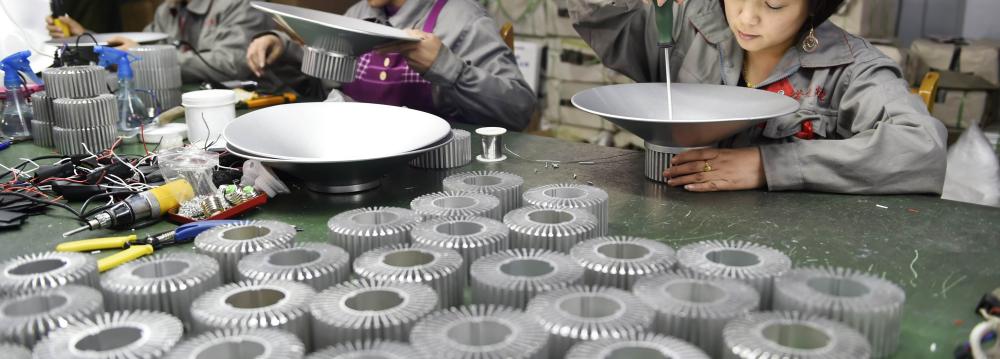A range of Chinese economic performance indicators suggest that Asia’s largest economy stabilized in the second quarter, a development seen as a relief for other Asia Pacific economies.
While the region may have survived Brexit relatively unscathed, so far at least, other areas of uncertainty remain. And despite China’s strong second quarter, for Asian economies the growth trajectory of the Middle Kingdom remains one of the most significant of these uncertainties, Xinhua reported.
When analyzing China’s economic performance in the first half of this year Qu Hongbin, chief China economist at HSBC, took a bullish tone. “Economic activity in China has stabilized in recent months, mostly on the back of the property market rally and strong infrastructure investments. We forecast 6.7% GDP growth for 2016. So, in our view, worries about a sharp slowdown are overblown,” he wrote in a recent research report.
Looser government monetary policy has contributed to this stabilization, albeit at the cost of further burdening China’s economy with debt.
“Policy supports have played a significant role in offsetting weakness from structural adjustments, and economic rebalancing continues, with private consumption and services sector leading in performance,” said Aiden Yao, economist emerging Asia at AXA IM, in a report.
Concerns Persist
However, concerns remain across a range of areas from slowing private sector investment, rising corporate and local government debt, and declining productivity. This means that those countries in emerging Asia for whom selling products, components or raw materials to China makes up a significant proportion of their exports, the direction of the Chinese economy will remain an area of significant concern.
“The direct impact from Brexit is manageable (for emerging Asian economies), and will be offset by policy easing from local and developed markets’ central banks. The Fed’s policy tightening, US election, and China concerns are key risks on the horizon,” said Yao.
Between 2005 and 2014, Chinese imports from Asian economies grew by a compound annual growth rate of 9.2%. In 2015, exports to China made up over 10% of GDP for Taiwan and South Korea and approximately 9, 8 and 7% for Malaysia, Vietnam and Thailand respectively. While these numbers seem likely to have fallen since then, as China’s imports have slowed, they will remain significant.
Yao’s three concerns are linked together in a number of ways. As an apolitical body, the US Federal Reserve will seek to avoid having its policy decisions influencing the election in November, so an interest rate increase in October or November looks unlikely. Also, a faster set of rate increases in the US would add to pressure on the renminbi, further encouraging capital outflows from China, limiting the People’s Bank of China’s freedom of movement.
Protectionist US
However, the links between the US election and slowing Chinese growth present the greatest uncertainty, given the remarks made about global trade and China by the Republican nominee for president, Donald Trump.
Trump has threatened trade barriers against Mexico, Japan and China, and a report from Japanese investment bank Nomura said that “the knock-on effects from (slowing US trade with) China–the world’s largest manufacturing assembler–to other Asian countries that are major suppliers of high value-added parts and components to China would be substantial”.
A more protectionist US would also have a negative effect on exports from emerging Asian markets to the US, though when pushed for some positives for the region on a conference call with journalists, Sonal Varma, Nomura’s chief India economist, said a US-China trade war might potentially offer some opportunities for China's competitors to export directly to the US.


